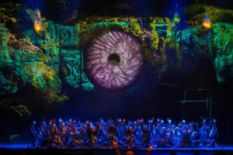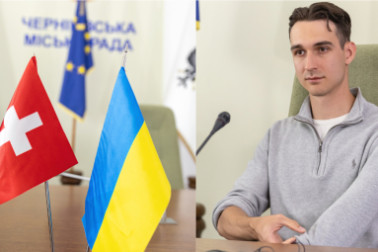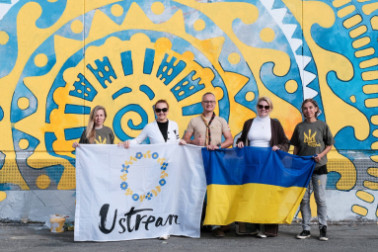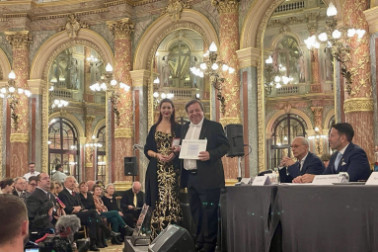While real enemy weapons destroy Ukrainian cities, museums, lives, culture, destinies, cultural heritage builds bridges and creates a desire to admire Ukraine and help Ukrainians.
Art gives meaning and helps to understand who Ukrainians are.
For years, various imperial regimes in Ukraine tried to wrest with blood the respect of Ukrainians for themselves and their heritage, which, as it turns out, is beautiful, rich and is a world cultural heritage.
During the first months of Russia's invasion of Ukraine, dozens of Ukrainian museums and galleries were trying to protect cultural treasures by all possible means. Some of them were hidden in fortified premises, others were temporarily evacuated to Europe. One example of preserving art treasures is the cooperation of the Kyiv National Art Gallery (former Kyiv Museum of Russian Art) with a powerful world art institution - the Geneva Museum of Art and History (MAH), which invited two exhibitions of the Kyiv National Art Gallery "From Dusk to Dawn" (Geneva) and "Born in Ukraine" (Basel) to the beautiful halls of the Musée Rath and Kunstmuseum Basel until the end of April.
"Culture is a universal good. In times of crisis it is normal to show solidarity across borders," explains Marc-Olivier Wahler, Director of the Geneva Museum of Art and History (MAH), who has been in contact with the museum since the beginning of the crisis.
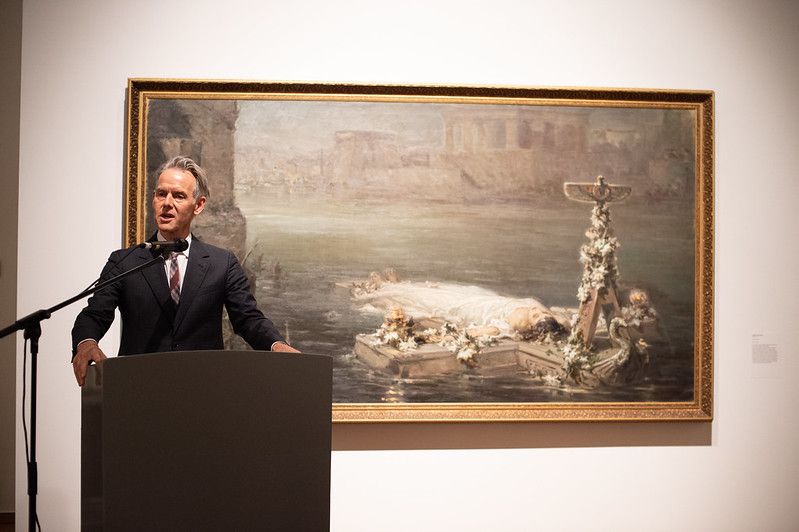
Marc-Olivier Wahler, Director of the Geneva Museum of Art and History (MAH)
History has indeed taught us that artistic and cultural heritage is one of the targets of choice during armed conflicts.
It took only three days for a truck to leave Geneva for Lviv with emergency equipment and several hundred boxes to transport the works in safety and put them in storage.
The two beautiful collections showcase paintings and graphic works of the nineteenth and early twentieth centuries on the theme of night - this strange, paused, symbolic for the moment, which gives a sense of the inevitable victory of light over darkness, from the most famous artists, whose names Russia has appropriated in the past - the works of the Crimean Ivan Aivazovsky, the mysterious Arkhip Kuindzhi, born in Mariupol, the Kyivan Wilhelm Kotarbinsky and the world-renowned Ilya Repin, originally from the small Ukrainian city of Chuguev.
This event provides an opportunity to reveal the major aspect of Ukrainian cultural heritage to the Swiss public, relying on one of the series of projects "From Dusk to Dawn", launched by the National "Kyiv Art Gallery" Museum for its centenary in 2021.
Oksana Pidsukha, art historian, co-curator of the "Born in Ukraine" exhibition in Basel, director of the Ukrainian Diaspora Museum, told us why the collections evacuation was classified as "secret".

Oksana Pidsukha
Whose initiative was it to evacuate the exhibits?
These two initiatives were carried out by the National Museum "Kyiv Art Gallery" and personally by the General Director of this museum Yuri Vakulenko. As soon as a full-scale war began, in the very first days, when Kyiv was semi-surrounded and bombs were dropped, it became clear that not only the territory, people and infrastructure were the enemy's target. Russia with particular cynicism and brutality destroys what is dear to Ukrainians, what constitutes our identity. Photos of the destroyed Hryhoriy Skovoroda museum in Kharkiv Oblast by a direct shell hit have gone around the world. Let me remind you that Skovoroda, whose anniversary we are celebrating this year, is one of the founders of our philosophical thought, a vivid exponent of the Ukrainian worldview.
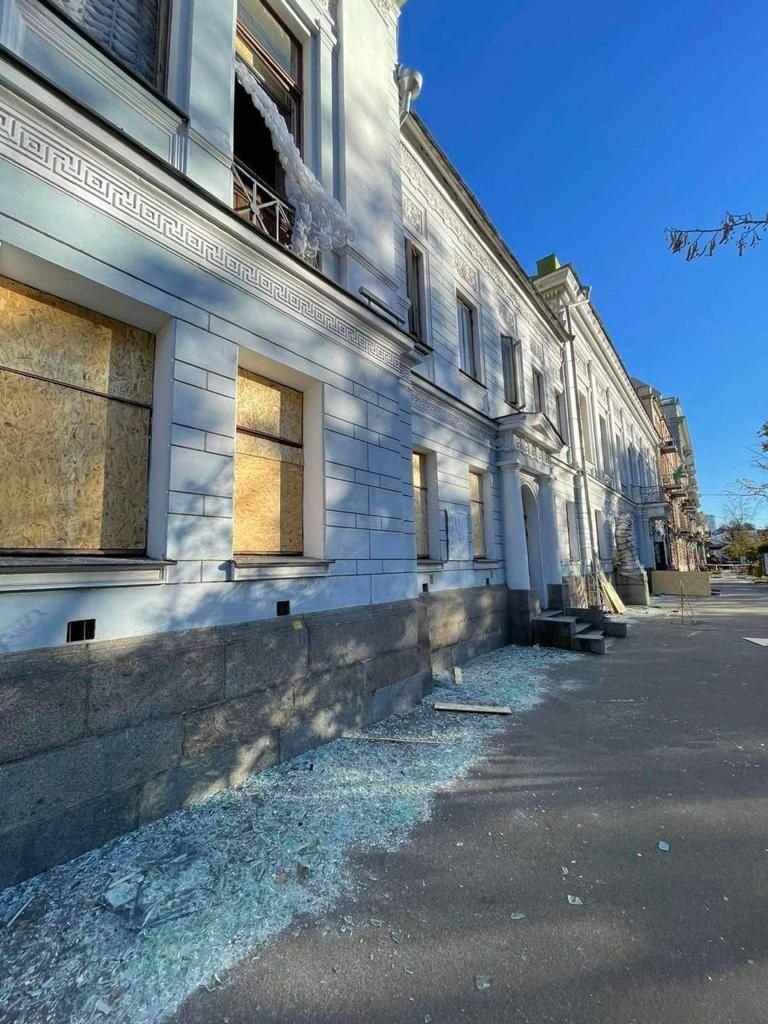
Kyiv National Gallery after a missile strike 10th October 2022
It is worth emphasizing that the staff of the Kyiv National Art Gallery heroically protected the museum's funds from the first days of the war and did their best to protect the collection in Kyiv. But it was clear that there was no way to avoid a direct missile hit. Then the idea to take at least part of the museum's collection to Europe and find it a temporary shelter was born. The museum representatives went to Europe, held successful negotiations and agreed on cooperation with the Kunstmuseum in Basel (Kunstmuseum Basel) and the Geneva Museum of Art and History. We are very grateful to these institutions, which supported the initiative, bore the main financial costs and solved many organizational issues during evacuation and organization of exhibitions.
How was it possible to export museum valuables abroad during the war?
It was extremely difficult. However, all branches of the Ukrainian government contributed as much as possible - the President’s office, the Ministry of Culture, and Kyiv Department of Culture Administration. Permits were issued quickly and on time. The issue of security remained the most painful, because it was impossible to insure the transportation under martial law. Therefore transporting the collection to the European border of Ukraine resembled a detective and took place in a regime of absolute secrecy. The museum’s general director personally accompanied the cargo to customs, in addition to the convoy that was allocated.

Yuri Vakulenko. General Director of Kyiv National Art Gallery
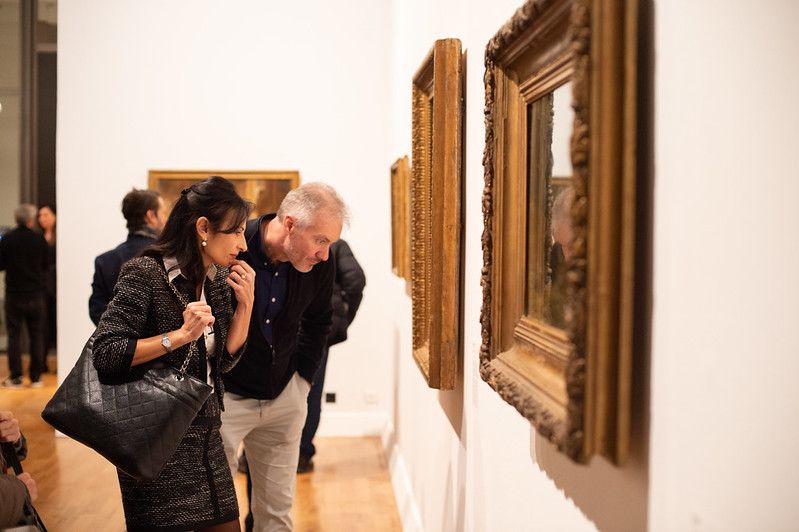
Which Ukrainian treasures are currently on display in Basel and Geneva? What will the Europeans see?
I would like to focus attention on the "Born in Ukraine" project, which is being exhibited in Basel. Its concept is very important in the context of Russia's war against Ukraine and our struggle for territorial and cultural borders.
As you know, the core of the Kyiv National Art Gallery collection consists of the works of famous artists of the 18th and 20th centuries who lived and worked in the Russian Empire and then Soviet Union. Among them were Ukrainians who were born in the era of statelessness in their homeland, which was occupied by Russia. They lived and were formed at a time when the imperial government banned the Ukrainian language, repressed Ukrainian culture, made high-quality national education impossible, harshly suppressed cultural resistance and russified Ukrainians. In those difficult circumstances, talented Ukrainians and representatives of other colonized nations were forced to leave their homes. They often went to the center of the empire - St. Petersburg or Moscow, because only there they could receive professional education and achieve great success. Some of them did not return, they were absorbed by the empire and almost lost connection with their homeland. But many artists were able to preserve their national identity and contribute to Ukrainian culture.
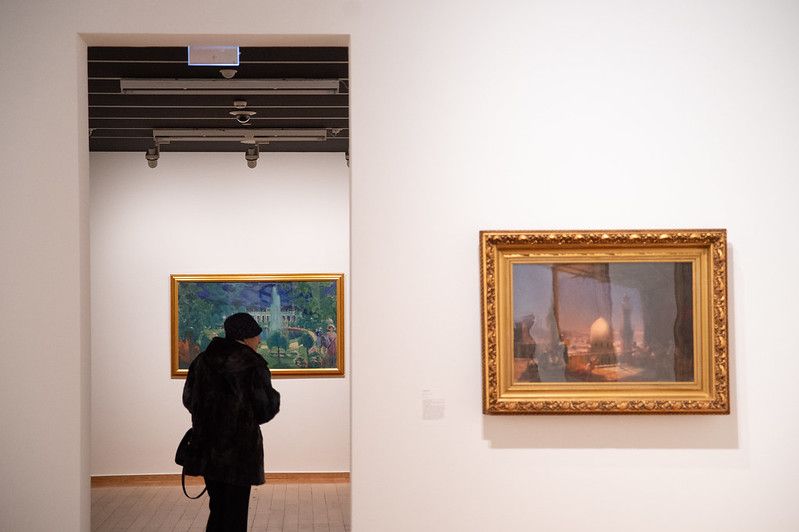
We are talking about well-known Ukrainian artists such as Dmytro Levytskyi, Volodymyr Borovykovskyi, Ilya Repin or David Burlyuk. Russia appropriated these and other Ukrainians and usurped the right to their art. Europe often followed Russian propaganda, calling almost everything that was created in the Russian Empire "Russian". With this exhibition, we restore historical justice and return to Ukraine the names and works of its outstanding sons and daughters, first of all, those whose Ukrainian roots penetrated even through the imperial "concrete".
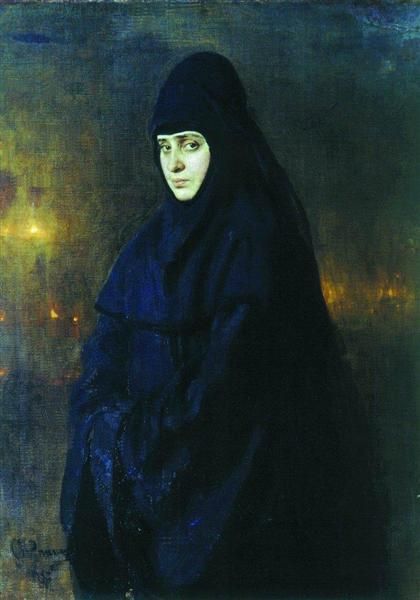
Ilya Repin "Nun" 1887
Unfortunately, the inertia in the global information space is still very strong. For example, how many people know that Kazimir Malevich, the founder of Suprematism, the author of the famous "Black Square", was not Russian? In fact, he was of Polish ethnic origin, he was born and lived in Kyiv for a long time, he called himself a Ukrainian in his autobiography. The influence of Ukrainian folk art was decisive in his work.
I will give an interesting recent example of many years of inertia in art history, which was overcome only when the war began. It is about the work of Edgar Degas from the collection of the National Gallery in London, which for more than 100 years was known as "Russian Dancers". But on the canvas the artist depicted dancers in Ukrainian folk costumes with yellow and blue ribbons. After numerous appeals to the museum, the depicted girls finally returned home, the painting was renamed to "Ukrainian Dancers".
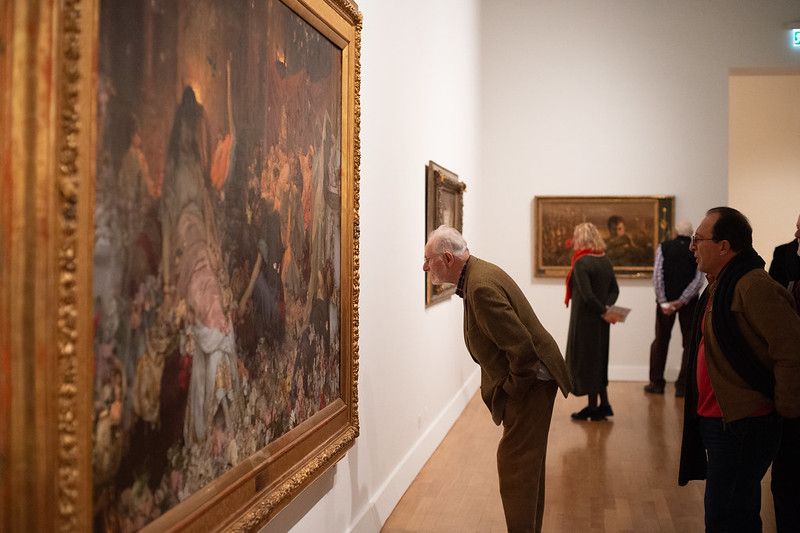
What collaborations exist nowadays, what Ukrainian values are still preserved in Europe? What do you know?
In November, a wonderful exhibition of Ukrainian avant-garde opened in the famous Thyssen-Bornemisza Museum in Madrid from the collection of the National Art Museum of Kyiv. And this is really an extraordinary event, because the Ukrainian avant-garde is a fantastic phenomenon, which in many ways was ahead of its time. We should be proud of it and open it to the world. By the way, the works of Kazymyr Malevich are also presented there, along with the works of Anatol Petrytskyi, Oleksandr Bohomazov and others.
Now the world's attention is focused on Ukraine. But we do not forget that this interest arose thanks to the heroic Armed Forces of Ukraine and the resistance of the entire Ukrainian nation. We were attacked by Russia, which is many times larger than Ukraine in terms of territory, population and weapon arsenal. The world gave us three days, yet we are standing, fighting and winning. This is what stunned and made people look at us - what kind of people we are, where we came from, what we breathe.
It hurts to realize the price we pay to be heard and seen by the world. But we must use this historic chance to tell about our complicated history and return our national cultural achievements stolen by Russia.

Ivan Aivazovsky "Cart In The Field" 1848
Thank you for the projects you are doing. Bravo! We will support them as well.
Thank you for the opportunity to bring this information to Ukrainians in Switzerland and I would like to say that we are waiting for them at home. But even at a distance we have to stay together and do everything in our power to bring the victory closer. I am sure that cultural projects like ours also contribute towards Ukrainian victory, the victory of civilization over barbarism, the victory of European values.
"From Dusk to Dawn" exhibition takes place until April 23, 2023 at the Geneva Museum of Art and History (MAH) https://institutions.ville-geneve.ch/fr/mah
"Born in Ukraine" exhibition takes place until April 30, 2023 at the Kunstmuseum Basel https://kunstmuseumbasel.ch/en/exhibitions/2022/born-in-ukraine
Curators: Galyna Alaverdova, Olga Osadtschy, Oksana Pidsukha
Pictures: Geneva Museum of Art and History (MAH), Oksana Pidsukha
Image copyright: Irina Popa

